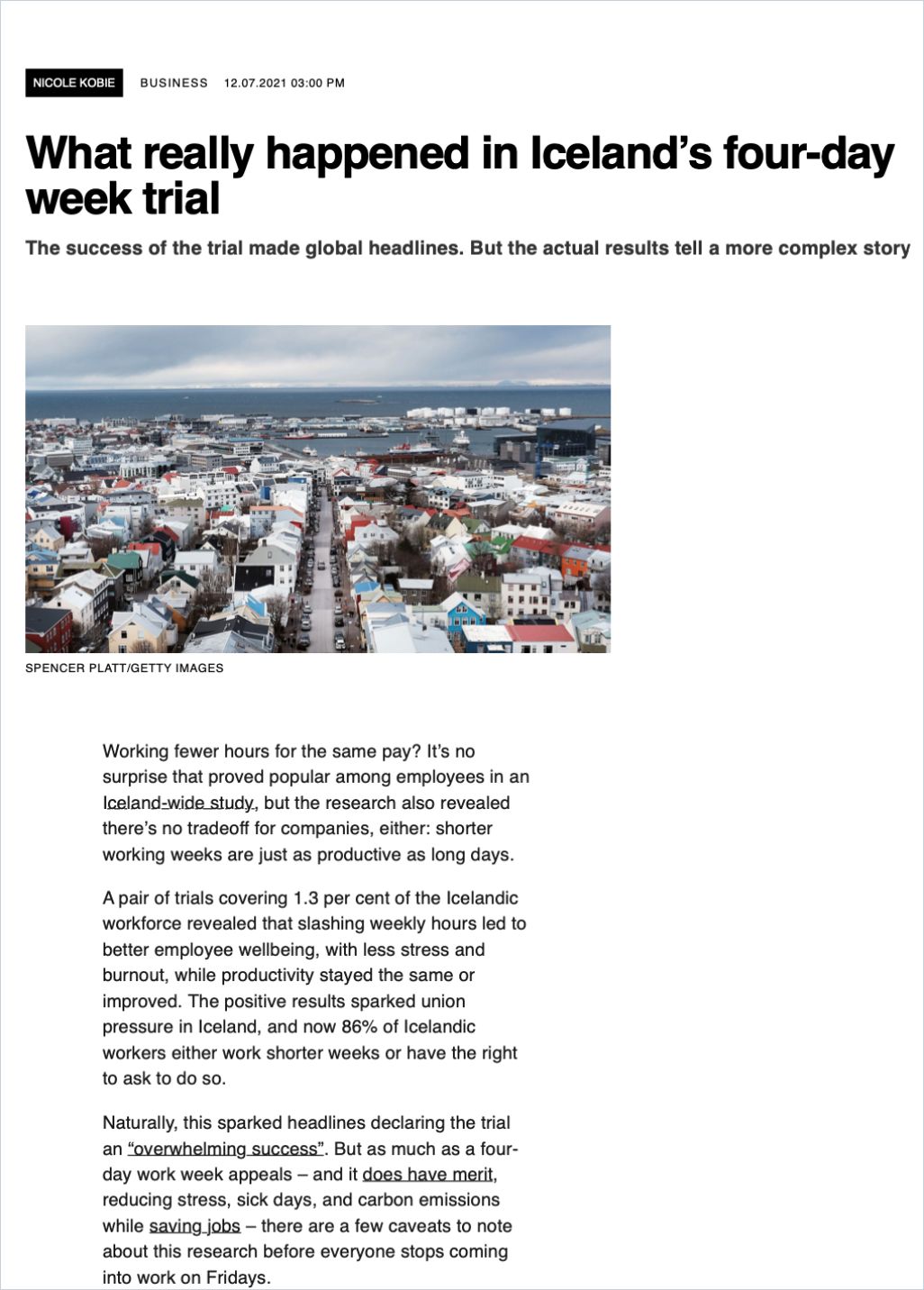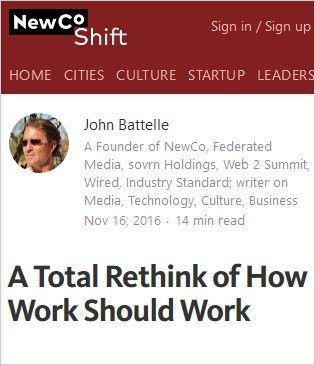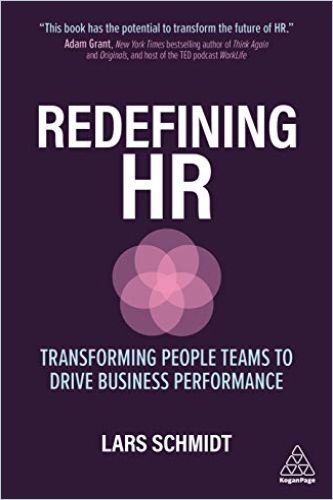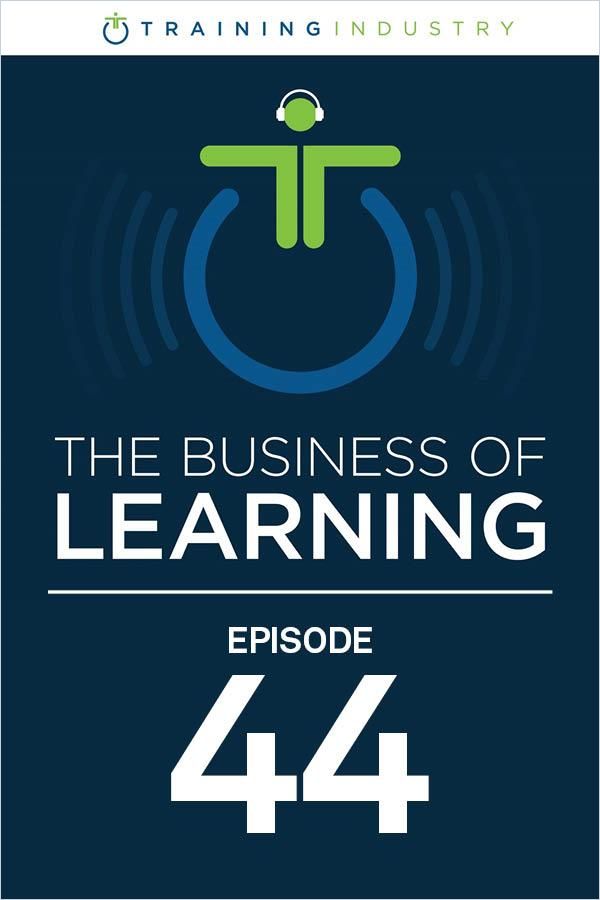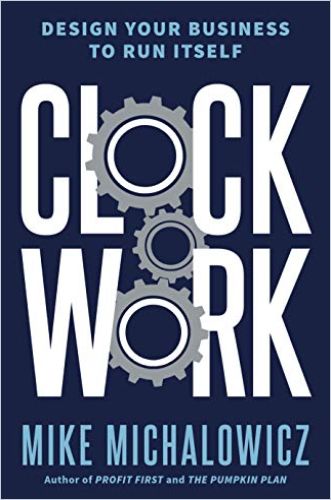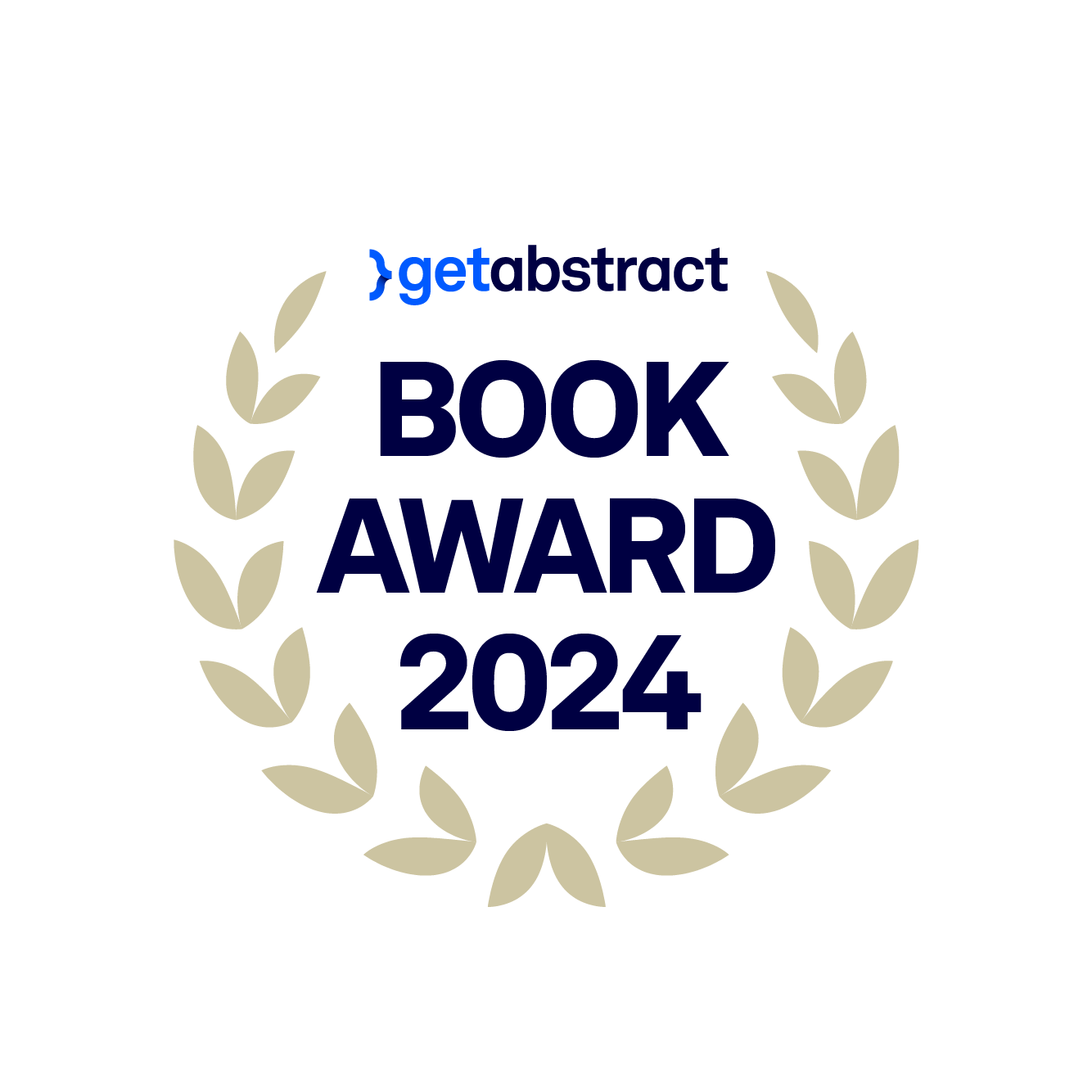The 5 Biggest HR Trends in 2022

1. “Work from Anywhere” Is Here
For decades, progressive firms permitted and encouraged remote work. But their good experience with it was immediately questioned elsewhere; hardly any conservative company dared to copy the concept. Today, remote and hybrid work are business as usual. “And it works,” says Thomas Bergen, CEO of getAbstract. “Productivity has increased, many colleagues are happy to no longer spend up to three hours a day commuting – and in the end, the new system makes both sides happier: supervisors and employees. Yet, it’s important to talk to people and find out what their needs are. The office will always be there for those who need it. But those who prefer to work from home should be allowed to do so at getAbstract, even after the pandemic.”
Just 1% of HR leaders, per the consultancy Gartner, expect all their employees to fully come back into the office after the pandemic.
Career journalist, Shana Lebowitz

The last point in Bergen’s quote is the critical one: the open ear – and the action taken according to what HR is able to hear. We’ve outlined many benefits of the new hybrid work environment here, here and here. But with them come disadvantages that affect culture and communication, and the well-being of the workforce – and of course this revolution poses immense new tasks, especially for HR departments.
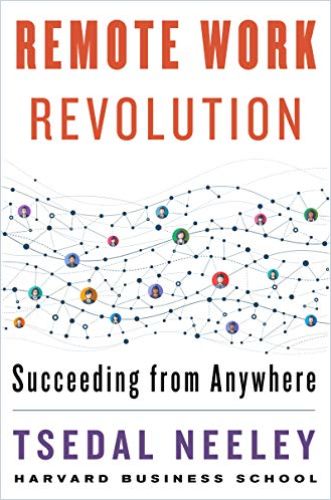
Yet, the fact that an HR professional’s job has changed a lot due to the new situation has not been recognized by all HR departments yet. Their people need more support, coaching and appropriate tools – and this information has unfortunately not yet reached many HR departments even after two years of the pandemic.
2. Eradicating the Disadvantages of Hybrid Work
In essence, this is the job of a 2022 HR professional. Let’s say you acknowledge that not all the sheep will come back to the fold, so how do you make sure they stay healthy out there, don’t run away or have an accident? Set boundaries! But set them differently than before!

In this context, it is important to take a close look at flexible working arrangements first:
Reduced working hours make workers happier and don’t harm productivity? What sounds too good to be true and has been touted for years has now been examined more closely for the first time by a number of companies, including Microsoft. In Japan, 2,300 employees of the software giant were given every Friday off for a month, with full pay. The results:
Although working hours fell by 20%, productivity rose by 40%.
A very similar conclusion was reached by a much-publicized experiment in 2021 – which put Iceland on the front pages of newspapers entirely without volcanoes disrupting global air traffic. Namely, the Icelanders tried out the four-day week for 1% of the working population. To find out whether the revolutionary results of the experiment hold water, journalist Nicole Kobie delved into the research findings from Iceland’s pioneering experiment with shorter workweeks. The results may inspire your company to radically re-evaluate its work-time arrangement:
A leading example and one of the pioneers in this field is entrepreneur Andrew Barnes, and he already warned years ago: Developed nations face historically low birth rates. Work stress generates less leisure time, less time with family and friends, more anxiety, greater unhappiness and worse health. Distracted, disengaged and unproductive employees show up, but do little.
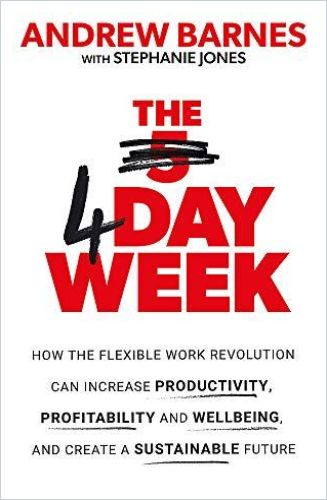
According to Barnes, adopting a four-day workweek boosts employee engagement and health and arrests several negative social trends, such as environmental damage, declining birth rates in the developed world and estrangement within families due to work pressures.
There is an urgent need to change – in quite an extreme way – how we work, if we are to get the best out of people and commerce, and begin to relieve the strain on ourselves and our planet.
Andrew Barnes
This leads us to the next topic: greater flexibility in employment arrangements. Sure, permanent employees in a corporate office are right and important for a functioning organization. But this doesn’t apply to every job and every workforce: Spatially de-limited work pools also mean you have access to more talent – and that talent has certain demands on working hours, types and benefits. Gig economy expert Diane Mulcahy explains why she believes businesses benefit from using more independent and remote workers:
- Remote workers are more productive, collaborative and engaged than their colleagues in the office, studies show.
- Workers offer companies the most value through the results they deliver, rather than the time they spend on site.
- WordPress’s, Dell’s and Automattic’s successful remote workplaces demonstrate that you don’t need traditional employment models to build meaningful human connections.
So, could reworking the currently bloated system “disrupt a trillion-dollar economy of waste, and inefficiency and middlemen,” as Work Market CEO Stephen DeWitt argues? Whether his prediction is correct or not, global circumstances are definitely playing into his hands:
To face these adversities and turn them into advantages, HR departments need to improve the standing of a single word in terms of a new work culture: Trust. So, when implementing or trying out new working time and employment models, ditch outdated expectations like “You show up. You stay eight hours. You go home.” Instead, craft basic working agreements based on the needs and duties of each and every employee to empower them to contribute in the best way possible.
Author and Future of Work Chair at Singularity University, Gary A. Bolles recommends that supervisors and remote workers spell out exactly what the work arrangement looks like, including health and accessibility parameters. Trust is needed on both sides, as well as understanding and clear goals. In our exclusive interview, you can find many more valuable tips on what the relationship between the hive and the swarm should look like in the hybrid working world:
3. Talent Management: Caring Over Managing
A 2021 Indeed study examined the impact of the pandemic on employees’ mental well-being, and came up with shocking results: More than half (52%) of respondents are feeling burned out and more than two-thirds (67%) believe the feeling has worsened over the course of the pandemic.
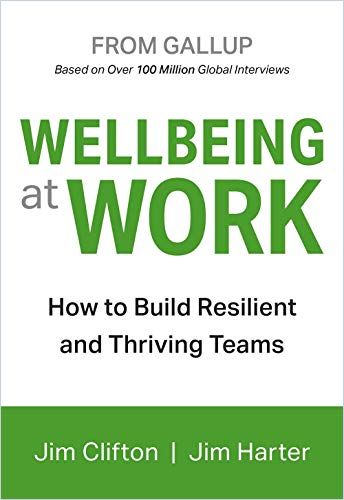
But that’s not all, because the 2021 survey results also showed a significant gap between the well-being of those who stayed in the office – and those who “worked from anywhere”:
Those who work virtually are more likely to say burnout has worsened over the course of the pandemic (38%) than are those working on site (28%); other notable differences can also be found in each group’s ability to unplug and the availability of perks.
Indeed
While HR professionals in 2021 were still primarily wondering what tools they needed to provide and connect their virtual employees, priorities have now shifted: Their work is now much more about the topics of resilience, psychological stability and safety. Where the natural distance is greater, the effort must also be intensified to enable participation, increase visibility and establish equality. HR can set an example here with initiatives, incentives, appropriate points of contact and more education.
Here is a selection of posts that will get you closer to your goal:
The focus may have shifted from the digital interconnection of entire workforces in the home office to taking care of the individual, but the right tools and their rules will remain an issue in 2022: A constant change in the use of remote working tools and associated new processes still pose constant challenges, especially for those who want to work from home – or anywhere else.
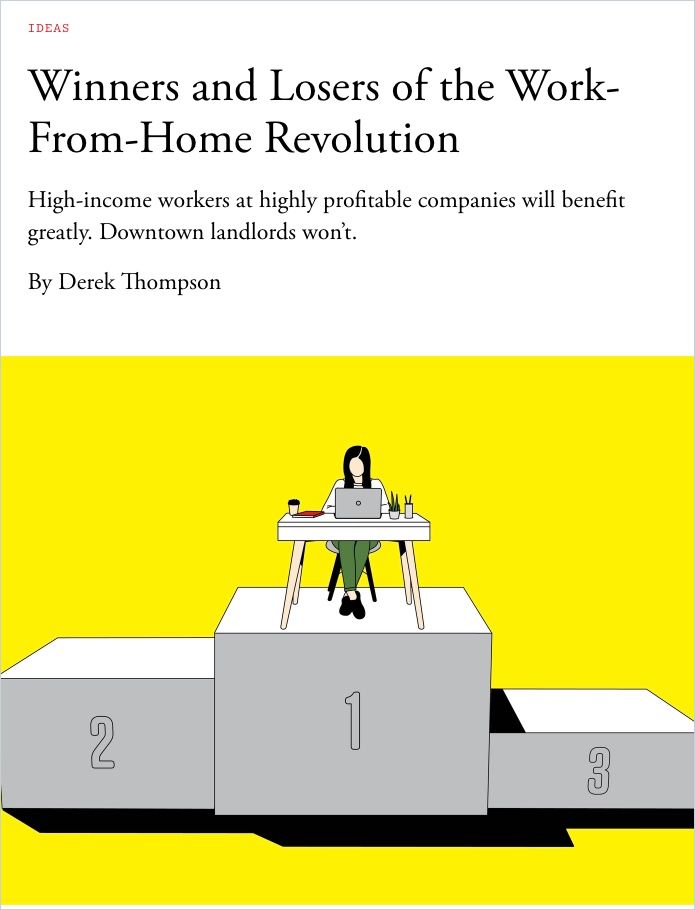
In 2020, remote workers spent, on average, more than $500 on home office equipment, and they invested about 15 hours in setting up space at home to facilitate remote work. But the number of patents for work-at-home technologies has doubled since then, and video communication apps will continue to improve. Does your budget reflect that – or have you since left people to their own devices and just hoped that everyone would already provide decent office chairs, the latest Office Suite and the best broadband connections?

Hybrid work is a chance to redefine your culture. Seize the moment.
Business Insider UK Read SummaryRemember: Your colleagues need to adapt quickly, know the pros and cons of solutions and react, and manage all of this on their own – without a direct line to the IT department down the hall. On the one hand, this has led to new to-do lists for said IT manager, who can hardly keep up with requests. And on the other hand, to stalled workflows when something doesn’t go as it should.
HR departments can only avoid the negative side effects if they are aware of their people’s problems, can recognize patterns, and are trained accordingly. So ask, see the context and educate yourself!
The areas of HR’s responsibility are growing, whole departments are changing from payment offices to training companies within the company. Their vigilance and efficiency are increasingly determining success and failure in the transition, the potential development of the talent pool and the creative power of entire companies.
HR professionals need to find the sweet spot that gives employees autonomy without sacrificing team cohesion, productivity and inclusion.
Despite having done your homework in terms of nurturing, learning and upskilling, do you have a need for new people? We looked at the new rules of talent acquisition in several articles last year – and we don’t want to repeat ourselves here. Here are three links that will take you to all the books and media you need to know:
4. Measure and Evaluate What Makes Sense
While we’re on the subject of collecting insights: When you’re tackling the digitization of many HR tasks, it pays to take a strategic approach. Sourcing, obtaining and ensuring the quality of workforce data is the first hurdle for most HR teams.
Don’t worry: You don’t always have to gather everything yourself. You can collect many things with modern collaboration tools, and for almost every HR task there is software that makes your life easier. For starters, the following things can be easily collected and the results quickly evaluated:
- Attendance.
- Fluctuation rates.
- Well-being feedback.
- Vacation absences and their reflection in the schedule.
To do so, ditch your Excel spreadsheets, and avoid having IT replicate what specialized companies made available as a service or software for little money.
Cloud-based tools such as SPSS, Minitab and R let HR professionals construct models to investigate data, and find predictive patterns and trends.
Follow four basic rules:
- Look for data in human resource and other technology platforms and databases, such as SAP and Workday.
- Collect as much employee and customer survey data as possible from current and past years.
- Source worker, sales and other performance data.
- Ensure the accuracy and timeliness of your data.
Once the data is available, it can be interpreted and correlated. To do this, you need to define your specific goals and knowledge gaps – and these vary enormously from company to company. For example, you can find out that an increase in one variable (such as recognition) might reveal changes in another (like engagement), which, in turn, drives another (such as productivity or turnover). With sophisticated HR tools, you can even use models to predict which new hires will perform better and stay longer, or what interventions might reduce unwanted turnover. Such data, in turn, equips leaders to make evidence-based business decisions. The opportunities are endless.
To plan the digitization steps in more detail, it is advisable to take a look at the current reference book on the subject:
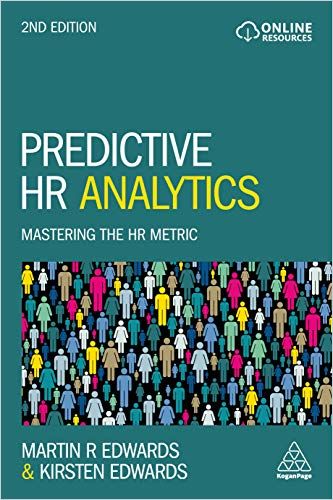
Tip: When it comes to holistic solutions, comprehensive HR talent and upskilling software is worth a look. Hitch’s CEO Kelley Steven-Waiss explains why here:
5. Focus on Quality
In the end, the hybrid world of work is increasingly about quality focus. You don’t necessarily need more people, more digital helpers, more training offerings, or more products created as a result. What you need is a better working culture, better people, better digital infrastructure, better data, better-aligned training, and ultimately a better business outcome.
HR is a key contributor to all of these factors. It is therefore time to significantly upgrade your own HR department – to get the most out of this powerful lever for productivity in the hybrid world of work.
